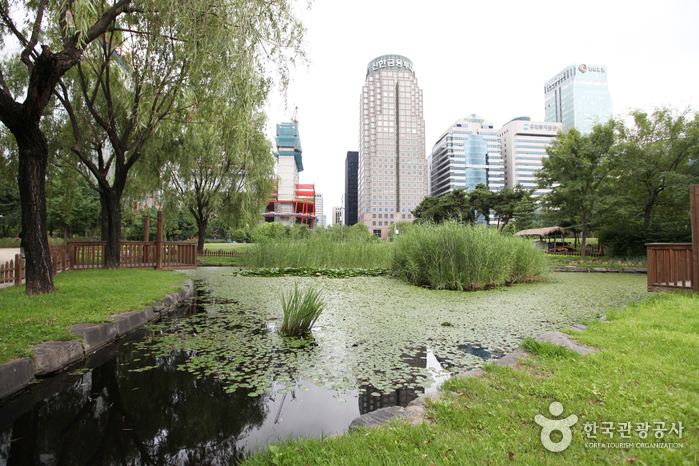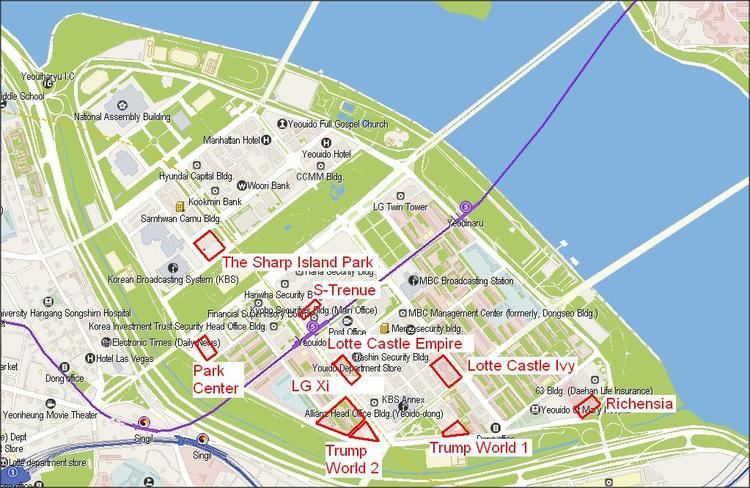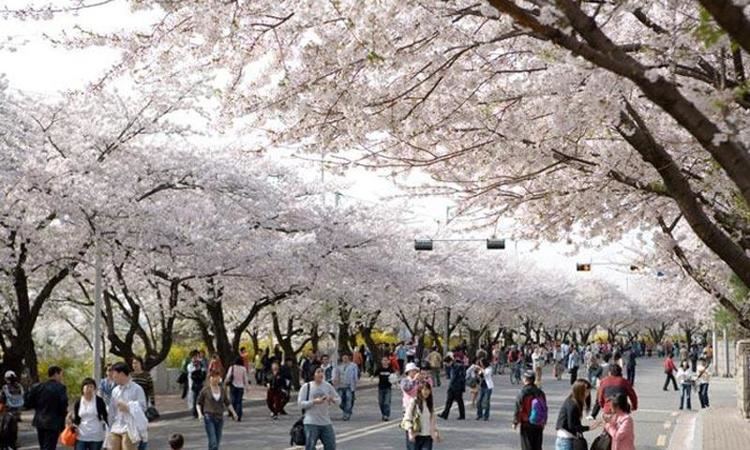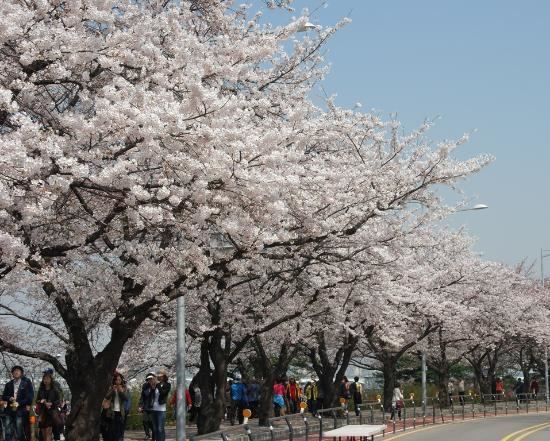Hangul 여의도 Revised Romanization Yeouido | Hanja 汝矣島 McCune–Reischauer Yŏŭido | |
 | ||
Yeouido island korea s manhattan kwow 174
Yeouido (Yoi Island or Yeoui Island) is a large island in the Han River in Seoul, South Korea. It is Seoul's main finance and investment banking district. Its 8.4 square kilometers are home to some 30,988 people. The island is located in the Yeongdeungpo-gu district of Seoul, and largely corresponds to the precinct of Yeouido-dong. The island contains the National Assembly Building, where the National Assembly of South Korea meets, Korea Financial Investment Association, the large Yoido Full Gospel Church, the 63 Building, and the headquarters of LG, Korean Broadcasting System, and the Korea Exchange Center. Due mainly to its importance as a financial district and its central location, Yeouido is home to some of Seoul and South Korea's tallest skyscrapers, including International Finance Center Seoul, the Federation of Korea Industries building, as well as the iconic 63 Building.
Contents
- Yeouido island korea s manhattan kwow 174
- Yeouido cherry blossoms seoul tour
- Etymology
- History
- Festivals
- Buses
- Bridges
- Subway
- Public parks
- Unit of area
- References

Yeouido cherry blossoms seoul tour
Etymology

The name of the island means "You can have it," i.e., "useless". This was because whenever the Han River flooded, only a small patch of high ground remained above water level.
History

Being a vacant spot convenient to the capital of Joseon, Yeouido was used as a national pasture for sheep and goats according to a 16th-century geographical record. Yeouido remained for the most part an uninhabited sandbar prior to the construction of Seoul's first airport in April 1924. The airport served both international, domestic, and military flights, and was also the site of a flight school.

The six-lane bridge connecting it to the mainland of Yeongdeungpo was built in 1970 as part of Han River development project led by President Park Jung-Hee, after which followed a period of rapid development. Formerly part of Goyang, Yeouido-dong was formed as a separate entity in 1971. Today, the island is often referred to as South Korea's "Wall Street", and hosts many broadcasting stations including state-owned KBS and MBC.
Festivals

Every April, the Cherry Blossom Festival is held in the streets of Yeouido. On Saturdays of October, the Seoul International Fireworks Festival is held at Hangang Park.
Buses
There are four colour-coded bus lines that operate in Yeoido:
Bridges
There are 3 bridges between Yeouido and Mapo: Mapo Bridge, Seogang Bridge, and Wonhyo Bridge.
Subway
Isolated for centuries, Yeouido is now tightly-connected to the Seoul transportation grid. Seoul Subway Line 5 and Line 9 intersect at Yeouido Station. Line 5 also stops at Yeouinaru Station. Line 9 also stops at Saetgang Station and National Assembly Station.
Public parks
Five parks are located in Yeouido. Notable among these are the Yeouido district of the Han River Public Park and Yeouido Park. Yeouido Park was formed in 1999 through the reclamation of a patch of land, known as Yeouido Square or 5/16 square, which had lain under asphalt for 27 years and was used for various large public gatherings. In addition, a terminal for excursion ferries stands on the Han River shore.
Unit of area
The "size of Yeouido" is often used by Korean media as a means of comparison for measuring an unfamiliar area. For example, it may be said that city A in country Y is twice the size of Yeouido.
